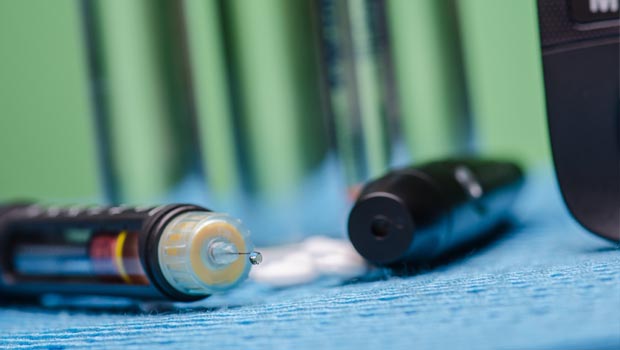Insulin Pen Misuse At Hospitals

Hospitals are supposed to be places to heal, but they can also become hotbeds of infection if proper rules of hygiene aren’t being followed. Unfortunately, insulin-dependent people with diabetes are some of the most at risk of danger when these rules break down.
In March 2014, 4,427 people with diabetes in the Long Island area received notice that they may have been exposed to bloodborne pathogens because staff at the South Nassau Community Hospital reused insulin pens on multiple patients. According to a report in Newsday, former patients received a letter from the hospital on February 22nd saying they should be screened immediately for Hepatitis B, Hepatitis C, and HIV.
Such cases have become all too familiar since the advent of insulin pens, says Michael Cohen, president of the Institute for Safe Medication Practices. Cohen stresses pens actually can be a great tool to prevent medical errors in hospitals by ensuring correct insulin dosing, but every new treatment has its potential dangers. Pen misuse is an avoidable tragedy, he says.
“It’s a horrible thing and it puts people at risk,” Cohen says. “All these patients have to be tested, and they’re scared to death.”
Sadly, the Long Island case is not the only one; in recent years, there has been a handful of such instances. Last year, the Inspector General’s office of the U.S. Department of Veterans Affairs reported that inspectors had discovered that staff at a VA hospital in Buffalo reused insulin pens. The practice was widespread, and thousands had to be tested.
“We…found that misuse of the insulin pens went undetected for 2 years because even though facility staff often observed pens with patient labels on the medication carts, they did not report it because they either did not fully comprehend the clinical risk of sharing pens, or they accepted the unlabeled pens as standard practice, believing they were multi-dose and multi-patient devices,” the report stated.
Grasping the basics of insulin therapy hygiene would seem like a basic step in understanding hospital protocol, but hospitals are grappling with keeping staff up to date on such training, says Cohen. It requires more than a once-a-year meeting.
“You have this constant turnover of new staff, including temporary workers, “ he says. “You never know if they have been properly trained.”
Another problem is that people don’t fully understand the ins and outs of how insulin pens work. While pens can help ensure proper insulin dosage at home and and in the hospital, they carry the same infection risks as standard hypodermic needles. A recent study found that the pens can suck in blood and skin cells after an injection, says Cohen.
“It doesn’t take a lot of blood cells to transmit a virus like Hepatitis A or Hepatitis B,” he says.
Another problem that has contributed to risk of infection is the pen design, says Cohen. The pens were never really designed for hospital use, he says, and there isn’t a great place on them to mark patient names. The only place where a name can easily appear on most pens is on the cap, but caps can be switched. Many hospitals are now using bar codes to double-check patient medications, but it’s not always enough. Cohen says he wishes pen-makers would be more proactive about working with hospitals to improve the safety of pen design, either by creating a valve to prevent biological “backwash” or to make pens easier to label.
“I have to say the industry has not done a good job facilitating this process,” Cohen says.
As with many aspects of patient safety, Cohen thinks it’s vital that people with diabetes, and their families, be vigilant when it comes to insulin pen use in hospitals. Some hospitals allow patients to bring in their own insulin pens, and patients and families should always double-check to make sure any pen given is specifically labeled for the individual patient.
There are several organizations dedicated to improving patient safety in the hospital:
–The Institute for Safe Medication Practices
–The Center for Patient Safety Research & Practice
–The Leapfrog Group
In addition, hospitals often seek community input and advisors. We at Insulin Nation encourage you to stay informed and get involved on this important issue.
Thanks for reading this Insulin Nation article. Want more Type 1 news? Subscribe here.
Have Type 2 diabetes or know someone who does? Try Type 2 Nation, our sister publication.